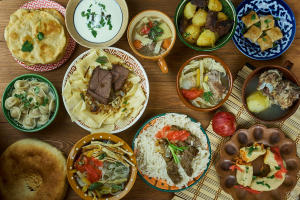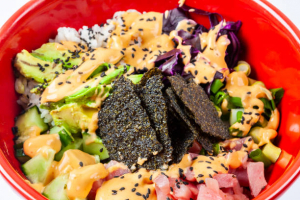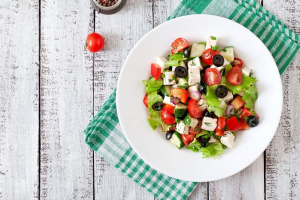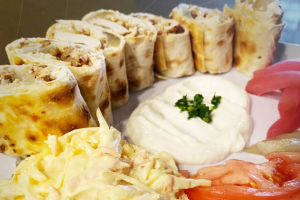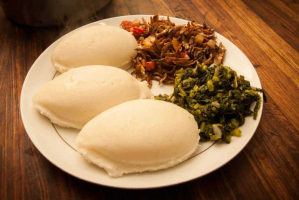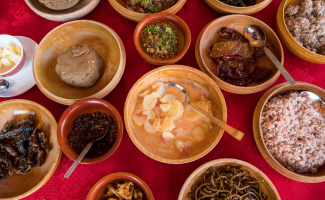Top 10 Best Indonesian Foods
Asian countries are noted for their great cultural and gastronomic variety. Even by Asian standards, Indonesia has a diverse assortment of delectable cuisine ... read more...that you must sample anytime you come. Because the majority of Indonesians are Muslims, you won't find any pork-based recipes on this list. These are the 10 most popular dishes in Indonesia, chosen from among thousands of Indonesian delicacies.
-
Nasi uduk is one of many rice-based Indonesian dishes. In nasi uduk, the rice is cooked in coconut milk with lemongrass, cloves, pandan leaves, and cinnamon. The process yields wonderfully fluffy, fragrant rice, and each portion is usually topped with fried shallots just before serving.
It's a dish that's usually served with a variety of side dishes and condiments, rather than on its own. Along with rice, a variety of stewed and fried meats, rice noodles, eggs, tempeh, tofu, fried anchovies, and rice crackers are commonly served.
The most common condiments served with nasi uduk are regular sambal, the spicy Indonesian hot sauce, or peanut sambal. However, it is usually up to the customer to select the extra ingredients and create their own version of the meal.
Nasi uduk is typically served in warungs, traditional Indonesian eateries, or food stalls in Indonesia. It can also be purchased ready-made and wrapped in fresh banana leaves. Nasi uduk is thought to have originated in Jakarta, but it can be found throughout Indonesia.
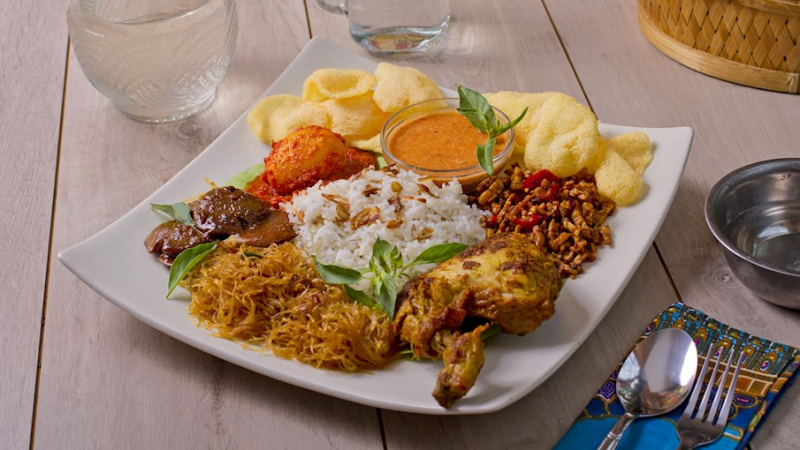
https://www.tasteatlas.com/ 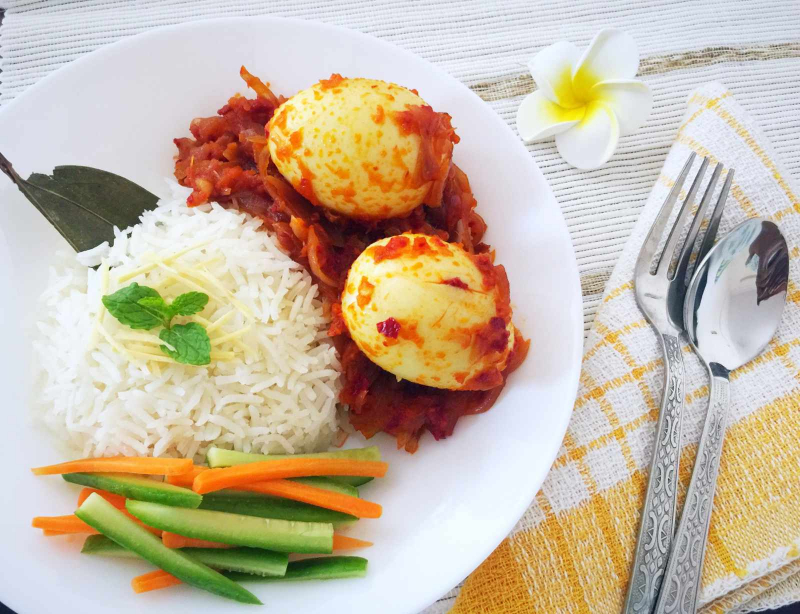
archanaskitchen.com -
Bubur ayam, or chicken congee in Indonesian, is a thick rice porridge topped with shredded chicken and various savory condiments. This breakfast staple is most likely derived from Chinese rice porridge, but it incorporates locally available ingredients and toppings to create an authentic Indonesian dish.
The process begins with boiling chicken (usually darker, on-the-bone pieces), and the rice is typically cooked in the same broth until it becomes dense in consistency. Bubur ayam can be made with a variety of ingredients other than rice porridge and shredded chicken.
It's usually topped with sliced scallions, crispy fried shallots, cilantro, crushed peanuts, fried crullers, and sliced boiled eggs. Bubur ayam is typically slathered in soy sauce, sesame oil, or fish sauce before serving. This chicken porridge is not overly spicy, unlike other traditional Indonesian dishes, but the fiery sambal sauce can be served on the side if desired.
Bubur ayam is one of Indonesia's most popular street food varieties; every morning, a slew of street vendors can be found selling this hearty porridge as a nutritious breakfast option.
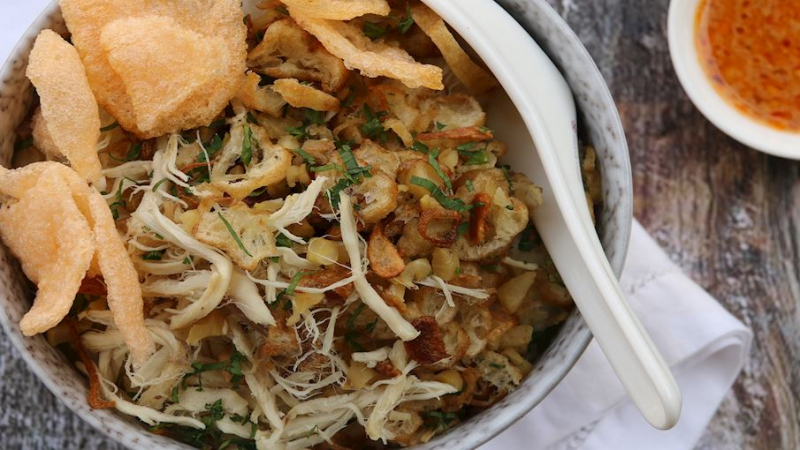
https://www.tasteatlas.com/ 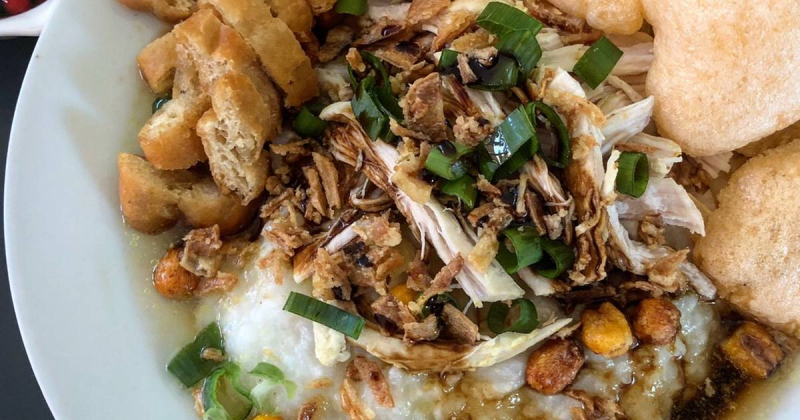
cookpad.com -
Rawon is a distinctive Indonesian dish that originated in East Java. Slow-braised beef and other traditional Indonesian ingredients such as lime leaves, lemongrass, ginger, and chili are commonly used to make this flavorful soup. The key ingredient, however, is buah kluwek, or Indonesian black nut.
This unusual Indonesian spice is highly toxic when consumed raw and must always be fermented before consumption. It is ground with other ingredients and spices to give the dish an earthy and sour flavor as well as its distinctive dark black color. The dish is thought to have originated in Surabaya, the capital of East Java.
Originally prepared as a peasant dish, it quickly became a favorite among royalty and grew in popularity. It is now widely available on the menus of many traditional Indonesian restaurants. It's typically served with plain rice, salted eggs, bean sprouts, and sambal, a fiery Indonesian chili paste.
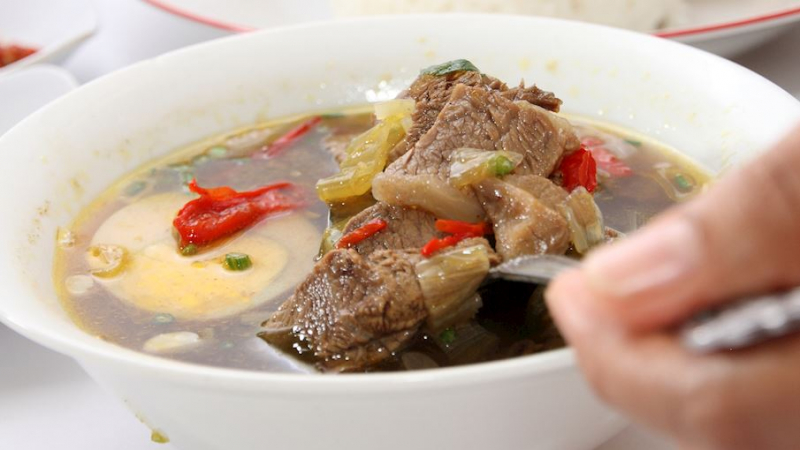
https://www.tasteatlas.com/ 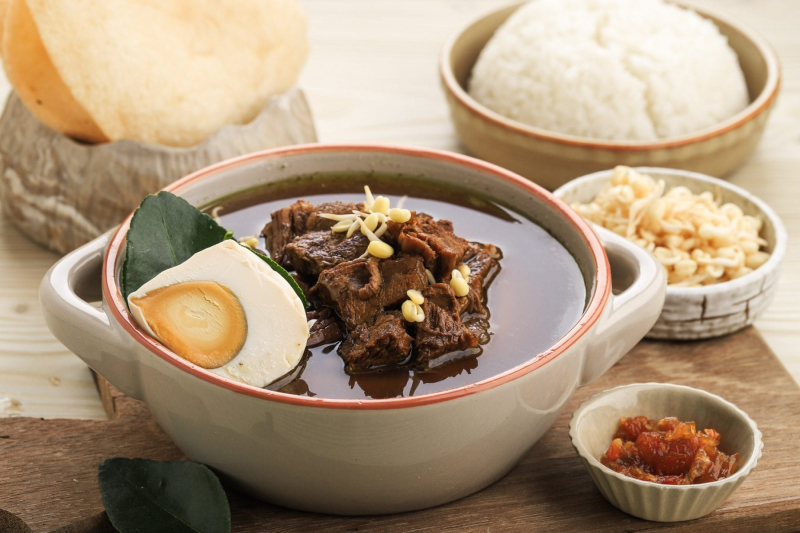
dwellbymichelle.com -
Tempeh mendoan is a type of fried tempeh from Purwokerto. Thin slices of tempeh (fermented soybean product) are deep-fried after being dipped in batter enriched with ground coriander, sliced scallions, and garlic. This tempeh is only briefly fried, resulting in a crispy outer layer while the tempeh inside remains soft and juicy. The dish's name comes from the Banyumasan language, where mendo roughly translates to "half-cooked." This tempeh goes well with sambal, other chili-based dips, or kecap manis, an Indonesian sweet soy sauce.
Consider tempeh coated in spiced batter and deep-fried in hot oil until it develops a crispy, crunchy, and savory skin. When you bite into it, you'll notice a delightful texture contrast between the crispy skin and the soft and tender tempeh inside. Tempeh mendoan is typically eaten as a snack or as a side dish, and tempeh mendoan is typically prepared and sold by street vendors. It is one of the must-try dishes in Indonesia.
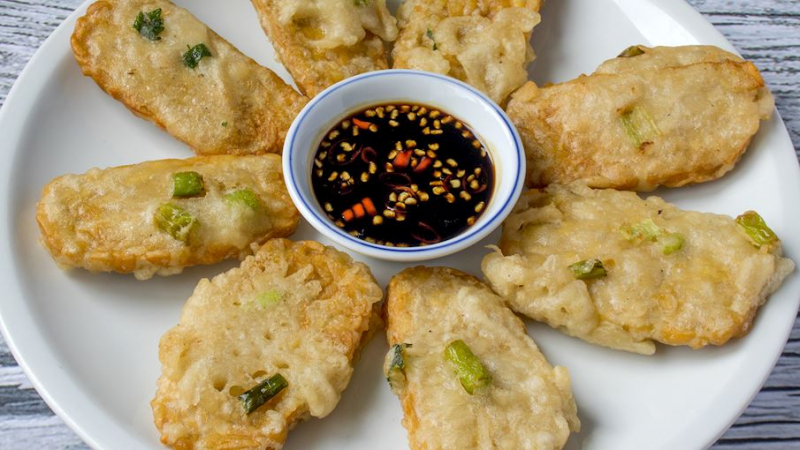
https://www.tasteatlas.com/ 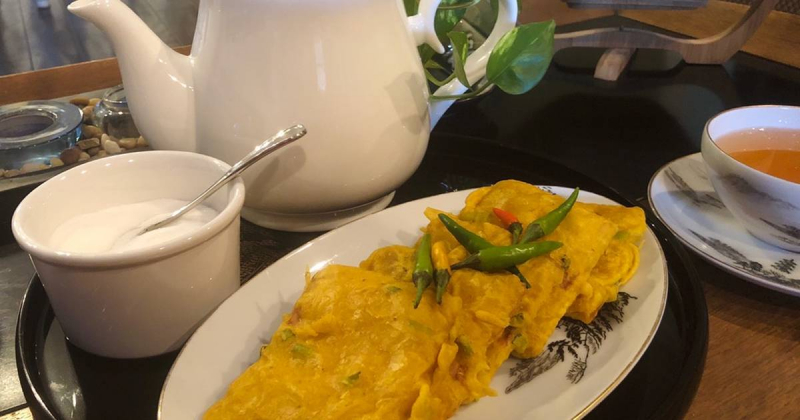
cookpad.com -
Nasi Pandang, named after its origin, is an Indonesian combination of rice (nasi) and a variety of traditional Pandang dishes. Nasi Padang, which is more of a meal or a way of eating than a dish, can be served as hidangor (when the server typically brings rice and dozens of dishes) or pesan (when customers are served rice on a plate and then choose which dishes to put directly on top).
While the first option is more common in sit-down restaurants, the latter is more common in various street stalls. The extensive list of dishes that accompany rice in nasi Padang includes gulai curries, beef rendang, and a variety of boiled, fried, or grilled dishes, as well as snacks that may use vegetables, seafood, or meat and are usually distinguished by the liberal use of spices and herbs, particularly fresh chilis.
Nowadays, nasi Padang is a popular dish all over the country. Surprisingly, it is thought that nasi padang influenced the Indonesian-Dutch dish rijsttafel, which was developed during the Dutch colonial era.
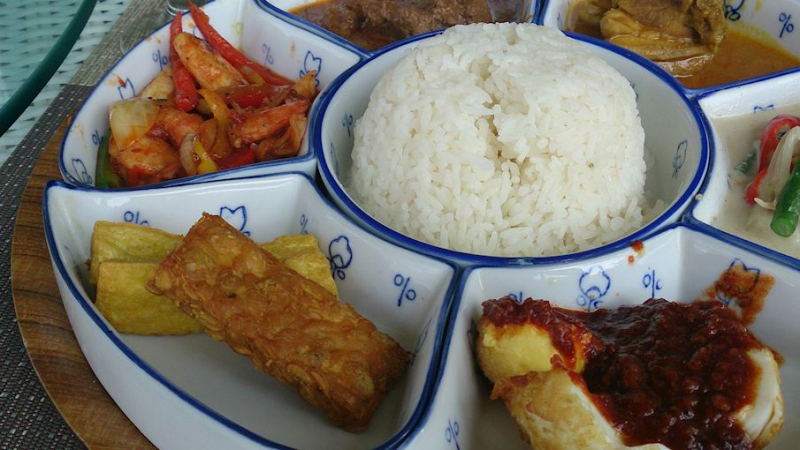
https://www.tasteatlas.com/ 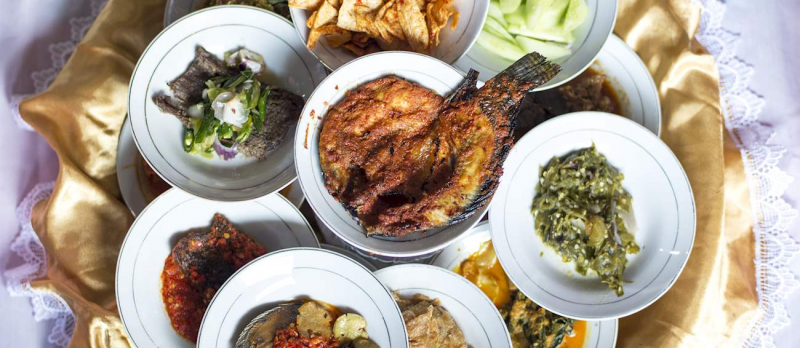
https://www.tasteatlas.com/ -
Indonesian-style fried chicken is made up of chicken cuts, preferably bone-in pieces like thighs and drumsticks, that are marinated in spices and then briefly braised before being fried until golden and crispy. The marinade is typically made with traditional spices such as lemongrass, galangal, turmeric, and tamarind, but because the dish is popular throughout the country, it comes in a variety of regional variations that may include other spices and marinades, as well as various additions such as grated coconut or rice flour crumbs.
Indonesian fried chicken is not the same as American fried chicken. The American style is breaded, whereas the Indonesian style is marinated with spices before being fried until golden brown. All varieties of ayam goreng can be eaten as individual dishes, usually with rice and fresh vegetables or salads, but it is also a common side dish at Indonesian banquet-style meals. Ayam goreng is one of the must-try dishes in Indonesia.
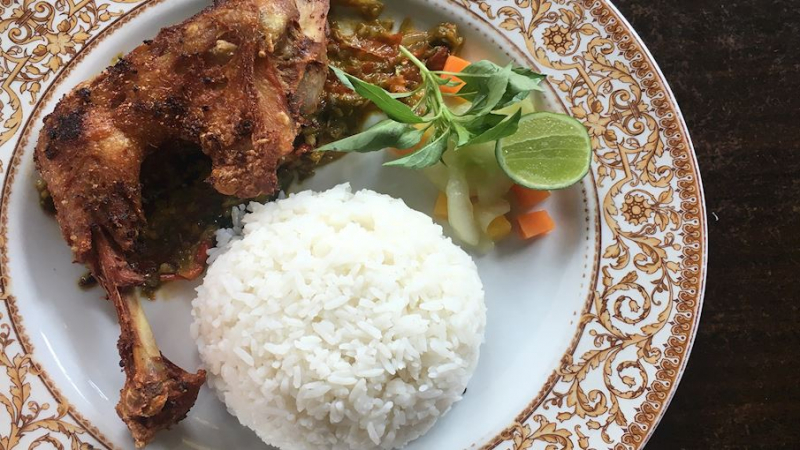
https://www.tasteatlas.com/ 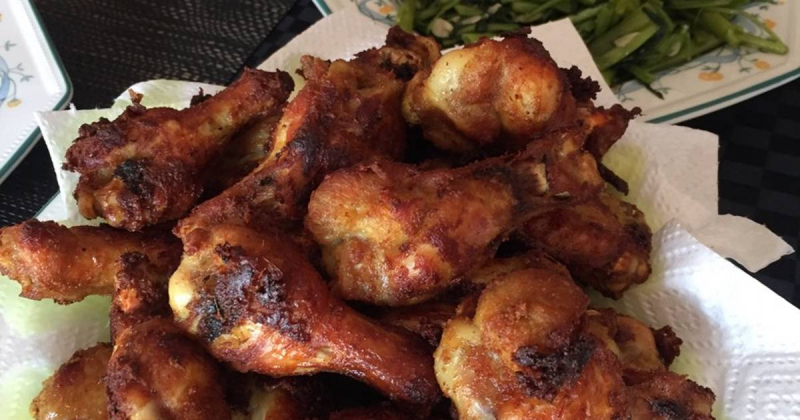
cookpad.com -
Serabi, also known as surabi, srabi, and khanom khrok in Thailand, is an Indonesian pancake made from rice flour and emulsified with coconut milk or shredded coconut. These traditional Indonesian pancakes are typically made with rice flour and a choice of coconut milk or shredded coconut. The pancakes are extremely adaptable; they come in sweet and savory varieties and can be made with wheat flour and various toppings such as sugar, bananas, crushed peanuts, jackfruit, chocolate sprinkles, or fermented oncom, while modern additions include meat, sausages, or ice cream.
Serabi pancakes can be found all over Java, but they are most commonly associated with the cities of Bandung and Solo. They are usually served with strawberry, durian, or coconut-based kinca syrup and are primarily sold as a quick and easy street food.
A dish similar to this can be found in Thailand, where it is known as khanom khrok.
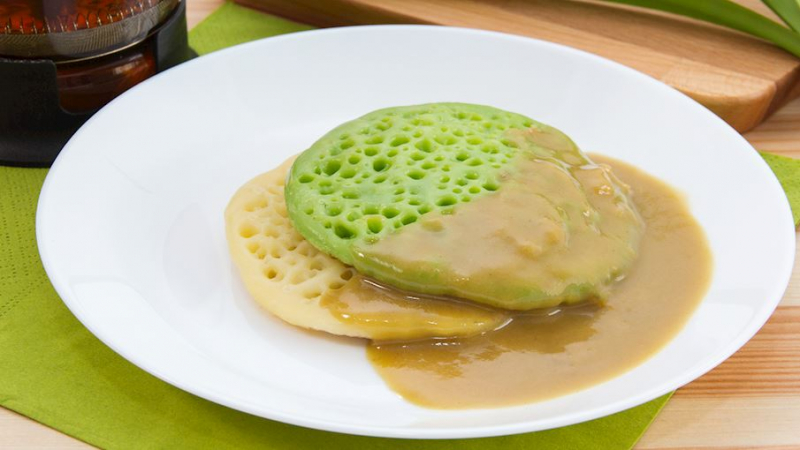
https://www.tasteatlas.com/ 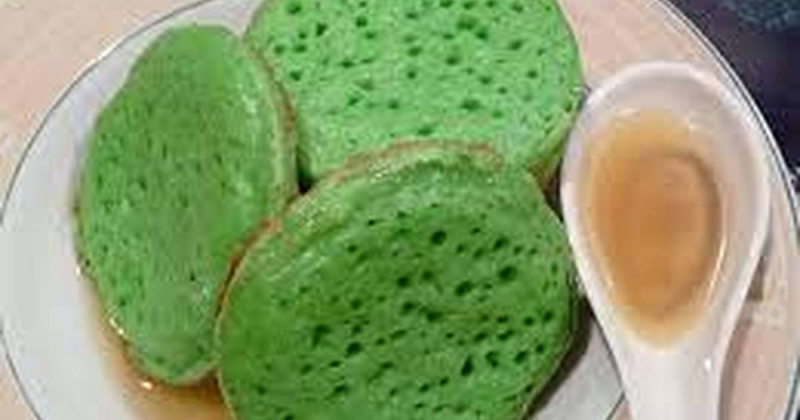
cookpad.com -
Pempek is an Indonesian fish cake made from ground fish meat and tapioca. This dish originated in the city of Palembang, which is located in the province of South Sumatra. According to the origin story of pempek, an old Palembang resident was tired of the traditional fried or grilled fish, so he devised a novel way to ground the meat, mix it with tapioca flour, and deep-fry it to create a crunchy and delicious snack.
He used to cycle around the city selling fish cakes to Palembang residents. Pempek gained popularity as a delectable snack over time, and it is now considered a traditional Indonesian delicacy. These round or rectangular cakes are typically steamed before being fried in vegetable oil and cut into bite-sized pieces just before serving.
Typical accompaniments include sliced cucumbers, noodles, or rice, and the traditional sweet and sour sauce is usually served on the side so that customers can customize the flavors to their liking.
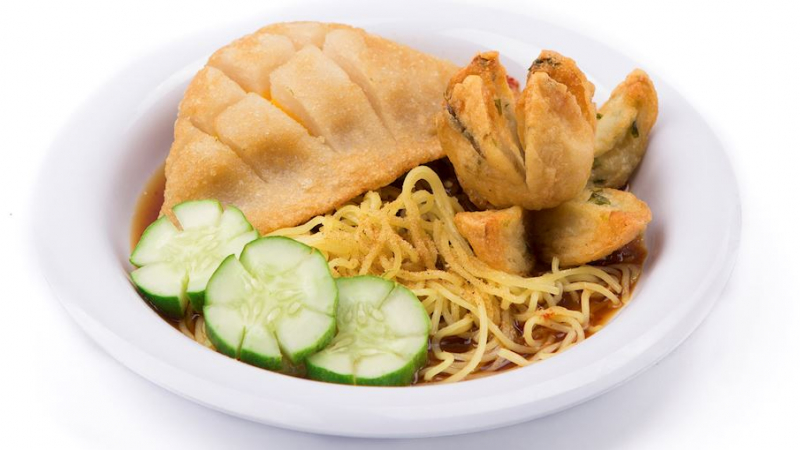
https://www.tasteatlas.com/ 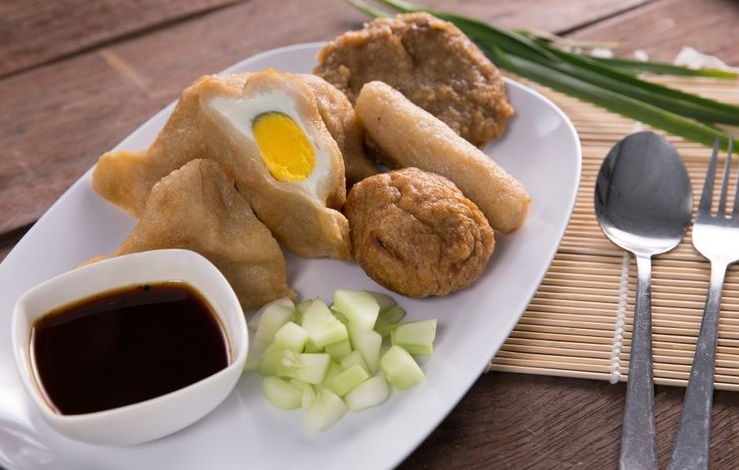
factsofindonesia.com -
Fried bananas or plantains are a popular everyday snack in Indonesia. They are available in a variety of versions in which the fruit is simply fried in shallow oil, but more often than not, sliced banana pieces are coated in batter before being fried until golden. Fried bananas are also known as godoh biu on Bali and gedhang gorèng on Java, in addition to many other names.
They are traditionally sold at street stalls and carts and are part of the gorengan family of Indonesian deep-fried snacks. Pisang goreng can be served dusted with powdered sugar and cinnamon, drizzled with chocolate, or accompanied by jams or ice cream in more elaborate versions.
Similar banana-based dishes can be found in other Southeast Asian countries and regions, including Singapore, the Philippines (maruya), and Malaysia (kuih kodok). If you intend to travel to this beautiful country, Pisang goreng is one of the must-try dishes. Let's try it!
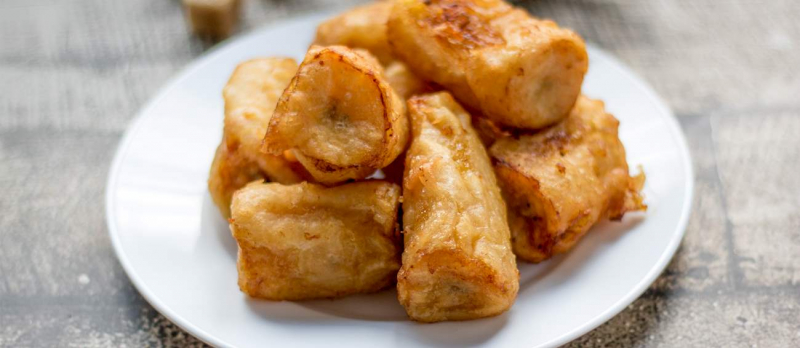
https://www.tasteatlas.com/ 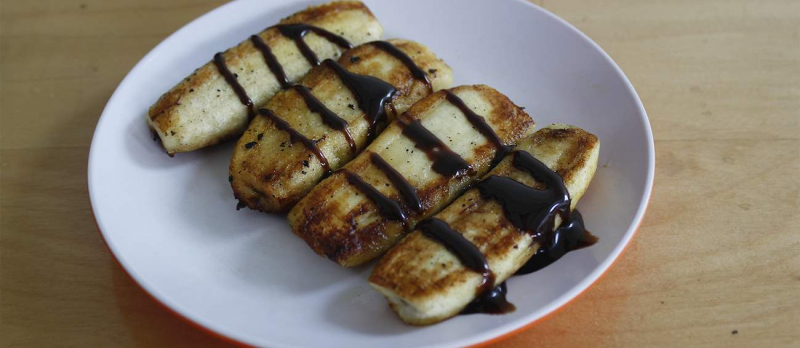
https://www.tasteatlas.com/ -
Soto is known by a variety of names throughout Indonesia, including Makassar coto and Pekalongan tauto. This traditional Indonesian soup, on the other hand, is usually associated with the island of Java, where it is thought to have originated.
Nowadays, there is no single correct way to prepare soto because the varieties are numerous and are usually adapted to local cuisines. Although it is thought that soto was created as a result of the country's strong Chinese influence, it is more likely that the soup was created by following common cooking traditions of the area and utilizing ingredients that were abundant.
This versatile dish can also be paired with stewed eggs, grilled offal, fried tofu, and either chili or soy sauce. Soto is considered comfort food in Indonesia, and it can be found anywhere from local open-air eateries to high-end restaurants.
This traditional Indonesian dish is also popular and widely consumed in Malaysia, Singapore, and Brunei.
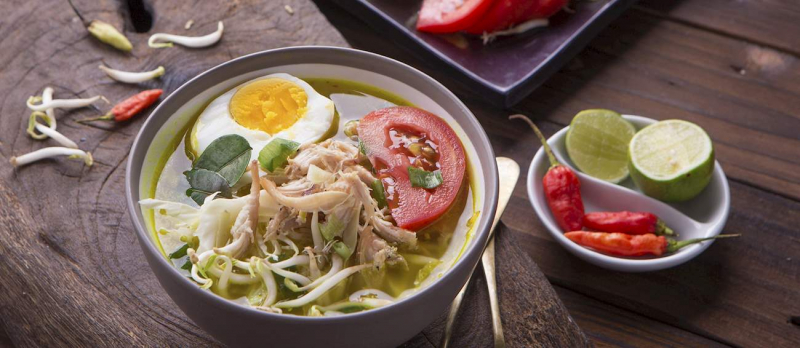
https://www.tasteatlas.com/ 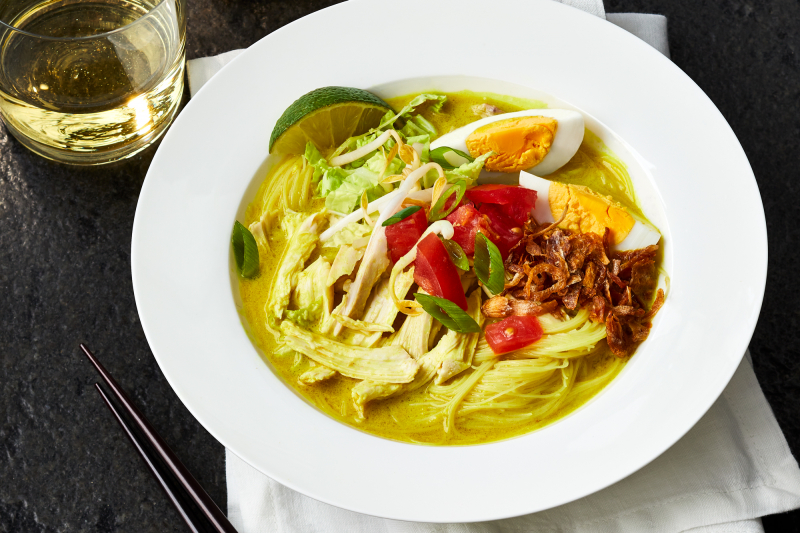
foodandwine.com















